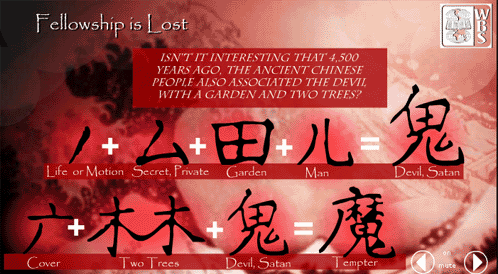Late last month Taiwan’s premier came out in favor of switching from the ROC dating system (under which this is the year 95, just like in North Korea, though for different reasons) to the international system (2006). (See Taiwan premier backs adoption of common years and Taiwan’s Y1C problem.) Now a Cabinet spokesman has said the resolution of the issue is up to public opinion.
The ruling Democratic Progressive Party is reaping some of the troubles it set up for itself by pushing for Tongyong Pinyin. It’s going to have a harder time arguing for the need for internationalization after its opposition to Hanyu Pinyin, the international system for the romanization of Mandarin. On the other hand, KMT Chairman Ma Ying-jeou has some problems of his own. He has voiced opposition to the change, even though one of his favorite words at least used to be “internationalization.” It certainly was when he announced that Taipei, of which he serves as mayor, would use Hanyu Pinyin.
For a good idea how bad the China Post (published in Taiwan) is, have a look at its biased, sloppy coverage of this. This is also a good reflection of how bad many of the local Mandarin-language newspapers are, because this piece is not original to the China Post but, like most of that newspaper’s content, is a translation.
Few people are opposed to the change, if it does not entail another huge wasteful government spending.
For one thing, all the banknotes bearing the Republic of China calendar have to be destroyed and new ones issued.
At least NT$1 billion has to be spent to change all the ID cards the government is requiring to change until the end of this year.
“Why not forget about it?” asked the observers in a unanimous consensus.
Pathetic.
Old banknotes can be grandfathered in. They’ll eventually be removed from circulation anyway. ID cards also need to be replaced from time to time; this year’s replacement of cards is the first in about 15 years. Most officials agree this is far too long; thus, the next replacement won’t be so far off. And as for what the government uses on its own internal documents — that’s a very different matter than what is used to give product-expiration dates or set banking software.
In Japan, to what extent is the imperial dating system used?
source:
- Cabinet won’t ax calendar without public’s support, Taipei Times, March 14, 2006
- To use or not to use Gregorian calendar?, China Post, March 14, 2006.



